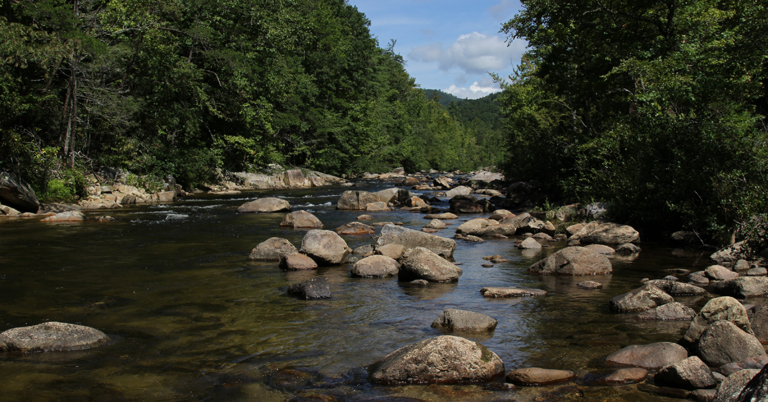Watersheds are vital for social, environmental, and economic well-being, as outlined by Katherine Martin, an assistant professor at NC State. She leads research on how climate and land use changes impact ecosystem services, such as clean water and wildlife habitats. A watershed is defined as an area where precipitation and runoff flow to a common water body. Their sizes can range from less than an acre to thousands of square miles, with everyone living in a watershed.
Healthy watersheds provide essential services like water purification and soil stabilization, while also offering recreational opportunities. Threats to watersheds include urban development, agricultural practices, and industrial activities that increase pollution, which can lead to issues such as algal blooms that harm aquatic life and human health.
Climate change is expected to exacerbate these challenges by increasing storm intensity and wildfire conditions. Protection measures are being undertaken by organizations and agencies, including creating riparian buffers and considering regulations on PFAS compounds in drinking water. Individuals can also contribute by properly disposing of waste, planting trees, and reducing their carbon footprint.


